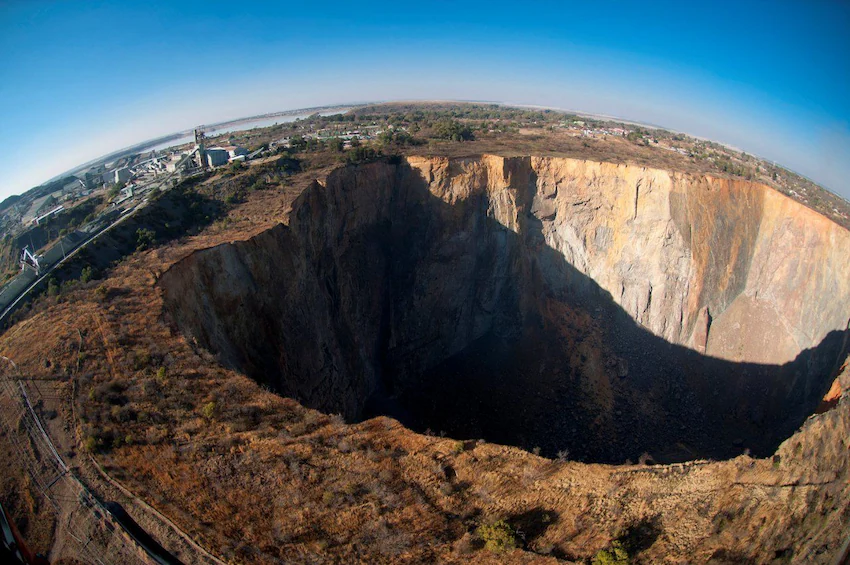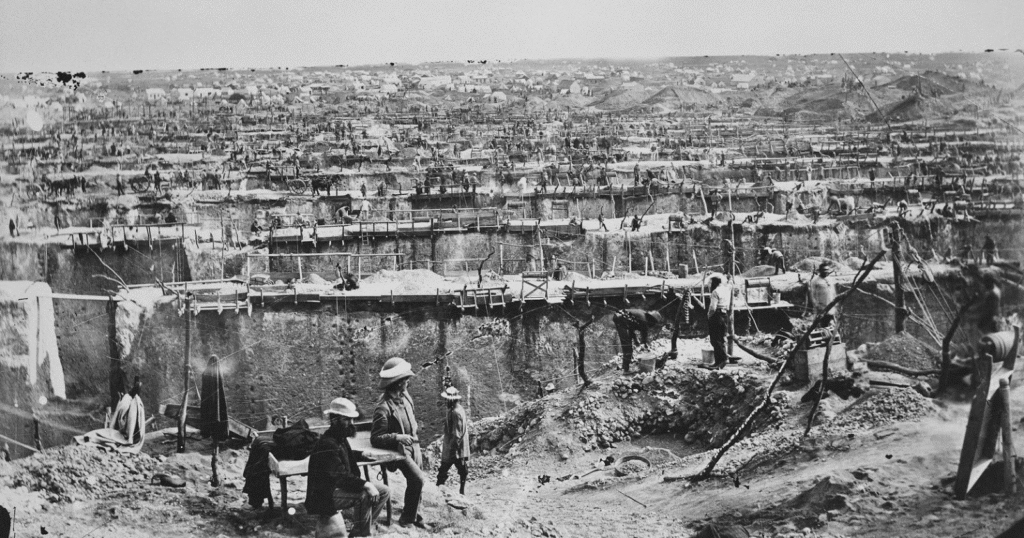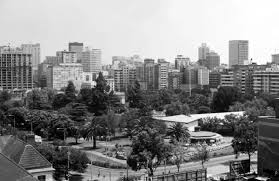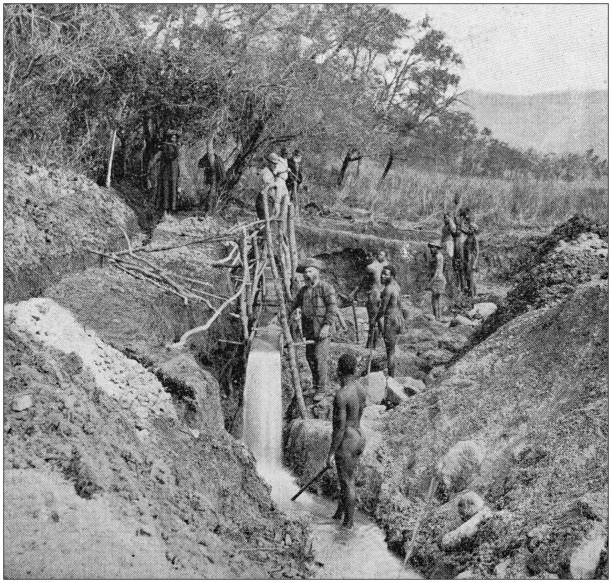Mining in South Africa

Few countries have been as profoundly shaped by mining as South Africa . For over 140 years , the extraction of diamonds, gold, coal, platinum, and other minerals has driven the nation’s economy, influenced its politics, and transformed its society — for better and worse.
From the glittering discovery of diamonds in Kimberley to the deep-level gold mines beneath the Witwatersrand, mining has made South Africa one of the most industrialized nations on the African continent — but it has also left a legacy of inequality, environmental strain, and social upheaval.
💎 The Diamond Rush: Birth of an Industry (1867–1880s)
The modern mining era in South Africa began in 1867 , when a young boy found a shiny stone on his father’s farm near Hopetown. That stone was the Eureka Diamond — the first recorded diamond discovery in the country.
This sparked a diamond rush , drawing thousands of prospectors to what would become Kimberley .
By 1871 , massive diamond deposits were uncovered at Colesberg Kopje , leading to the creation of the Big Hole of Kimberley — the largest hand-dug excavation in the world, reaching over 200 meters deep .
Entrepreneurs like Cecil John Rhodes and Barney Barnato consolidated claims, eventually forming De Beers Consolidated Mines Ltd in 1888 , which went on to dominate global diamond production for more than a century.
💡 The diamond rush laid the foundation for modern corporate mining and colonial expansion in southern Africa.

🏆 The Gold Boom: Johannesburg and the Witwatersrand (1886–1900s)
In 1886 , gold was discovered on the Witwatersrand (“Rand”) — a rocky ridge in present-day Gauteng Province . This find triggered the Witwatersrand Gold Rush , transforming South Africa’s economy and geography.
A new city — Johannesburg — sprang up almost overnight, becoming the heart of gold mining and later the country’s economic capital.
The deep-level reefs of the Witwatersrand Basin contained vast quantities of gold, making South Africa the world’s top gold producer by 1900 — a position it held for much of the 20th century.
Mining companies formed powerful conglomerates such as Anglo American Corporation (founded 1917) and Gold Fields , backed by British capital.

⛏️ Labor, Apartheid, and the Migrant System
Mining didn’t just extract wealth — it reshaped South African society through a deeply exploitative migrant labor system :
- Black South Africans were recruited from rural areas and neighboring countries (Lesotho, Mozambique, Malawi) to work in dangerous underground conditions.
- Workers lived in tightly controlled single-sex hostels , separated from families.
- Wages were low, safety standards poor, and unions suppressed.
This system became institutionalized under apartheid (1948–1994) , where racial segregation ensured cheap Black labor while reserving skilled jobs and management roles for white workers.
The mining sector played a key role in funding the apartheid state and was a central battleground for resistance movements:
- 1946 African Mine Workers’ Strike
- Formation of the National Union of Mineworkers (NUM) in 1982
- Tragedies like the Marikana Massacre (2012) , where 34 striking platinum miners were killed by police

📈 Beyond Gold: Diversification and Modern Challenges
While gold and diamonds started the story, South Africa’s mineral wealth extends far beyond:
| Platinum Group Metals (PGMs) | World’s largest reserves; Rustenburg region is a global PGM hub |
| Coal | Powers ~80% of national electricity via Eskom |
| Iron Ore | Exported from Sishen and Northern Cape to China and Europe |
| Chromium, Vanadium, Manganese | Critical for steel and green tech industries |
However, the sector now faces major challenges:
- Depleting high-grade ore bodies
- Aging infrastructure and declining gold output
- Power shortages and load-shedding
- Rising operational costs and regulatory uncertainty
- Environmental concerns: acid mine drainage, land subsidence, water pollution
Despite this, mining still contributes around 7–8% of GDP and supports over 450,000 direct jobs .
❓ Frequently Asked Questions (FAQs)
Q: When did mining start in South Africa?
A: Modern mining began with the diamond discovery in 1867 near Kimberley, followed by the gold rush of 1886 on the Witwatersrand.
Q: Why is mining so important to South Africa’s history?
A: Mining fueled urbanization, industrialization, and foreign investment — but also entrenched racial inequality, migrant labor, and political control during colonialism and apartheid.
Q: Is South Africa still a major mining country today?
A: Yes — though gold production has declined, South Africa remains a top global producer of platinum, chromium, manganese, vanadium, and coal , playing a vital role in clean energy and steel supply chains.
Final Thoughts
The history of mining in South Africa is inseparable from the nation’s identity. It built cities, powered economies, and financed both progress and oppression.

